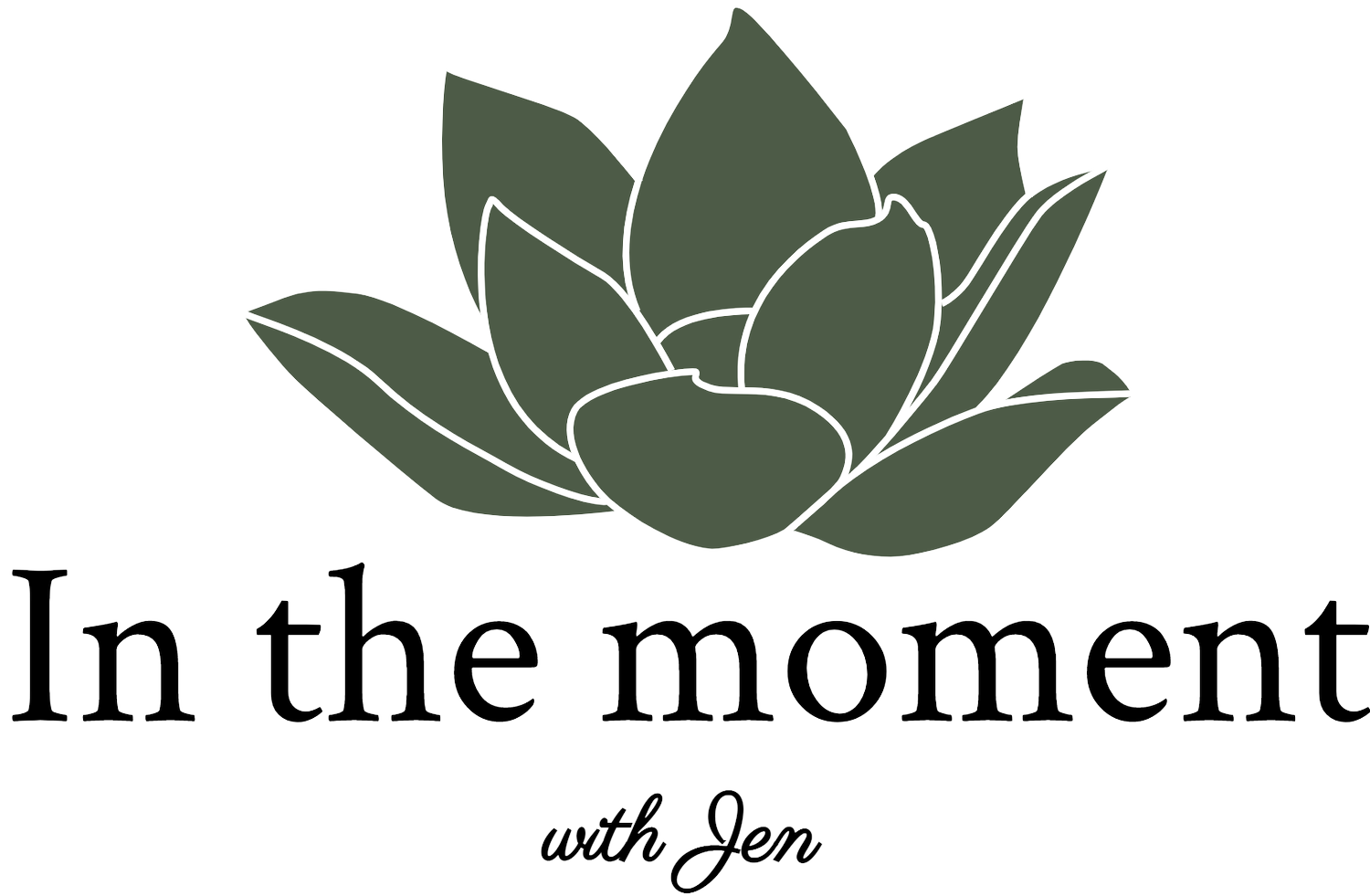Want to meditate but feel like you've got scrambled eggs for brains?!
It seems like everywhere you look, someone’s saying that you HAVE to meditate. And yes, there is research aplenty on the benefits of meditation for your brain, mental health and experiences with persistent pain but this is NOT one of those posts. Instead, I am going to invite some reflection on why getting started or staying motivated to continue with daily practice may be challenging as well as, some work arounds to either mix things up or beginning mediation in a way that feels supportive.
Baby Steps to Meditating
Those among us who have concentration issues, whether it be due to neurodiversity, addictions or anxiety for example, can find a standard “sitting” practice to be too overwhelming. As well, if someone has a history of or previous experiences with trauma, particularly with sexual trauma, forcing their body to sit in stillness and possibly ignore their bodily sensations can not only be challenging but possibly “triggering” to their nervous system. But that doesn’t mean you can’t meditate just perhaps some motivation to ground your practice in gentleness and self compassion.
Here are some tips that I have found helpful for myself and with the folks I work with through Yoga Therapy:
#1. BUILD YOUR FOUNDATION
Maybe you’re like me and feel like you’ve got scrambled eggs for brains some days (weeks or even years!). So perhaps before diving into a meditation practice, you can back that train up and begin by developing your concentration with a foundation in mindfulness and/or pranayama (breathing practices-see previous blog!). Since many of the meditation lineages or “styles” involve connecting your breath with mindfulness (paying attention moment to moment), picking one of these areas to begin with can feel less overwhelming.
#2. CREATING YOUR CONTAINER
Our thoughts and attention can tend to float away without some kind of anchor. Or time can often be a distraction when you’re getting started-you might be tempted to keep checking how long it’s been! Having a way of “containing” your meditation with a clear beginning and ending to your practice can be a helpful cue to your body and mind that it is ok to release what you tend to in your days and surrender to the practice as time is being kept. And for the love of all things new-start easy! Like 2-5 minutes and then build from there. You can use a timer or even a timed song. And don’t forget about setting up your meditation space so it is as appealing as possible.
#3. AGENCY
Agency is a super significant part of Yoga Therapy. Being able to be at the centre of your decision making, moment to moment can be incredibly supportive for daily meditation practice (and your life!). I mean yes, some discipline is necessary but practice ahimsa with yourself on the tougher days. Giving yourself a lot of agency around your practice can be deeply nourishing.
#4. IF YOU WANT TO BE MORE REGULAR, BE MORE REGULAR
This is an expression that I learned from Ayurveda and I bring it up here as we can have the best intentions and get super excited to start a new pattern but if it isn’t connected to our daily rhythm in some way- bonne chance! Especially if you notice that even the idea of meditating starts to feel like a chore. Perhaps if you try pairing it with another activity that is already part of your daily routine, like while your morning tea/coffee steeps or perhaps before you eat your lunch. Many folks find it can be a supportive part of their bathing or bed time routine, but if you always fall asleep during the meditation you might not be building your concentration (though it could be considered a great relaxation practice!).
#5. CONSIDER ADDING MOVEMENT, MUSIC, MANTRA, OR MUDRAS (HAND POSITIONS)
In Yoga Therapy, when it comes to home practice, I try to encourage my clients to make their “homework” a delicious part of their day. I have found that so often, our frame of mind can be the most challenging part of establishing new daily rhythms. So it may take some Jedi mind tricks in making meditation a “delicious” part of your day at first-especially if you are someone that finds slowing down or pausing brings up a lot of negative self talk or anxious thoughts. Perhaps you may find it supportive to add in another element to your practice like: a walking meditation, mantra (words connected to the length of your inhale and exhale), mudras (special hand positions or movements) or sound (like Tibetan singing bowls or the gong).
If meditation is a goal of yours, may it be that some of these suggestions assist you in finding your way. Love it? Hate it? I would LOVE to hear your thoughts and experiences.
